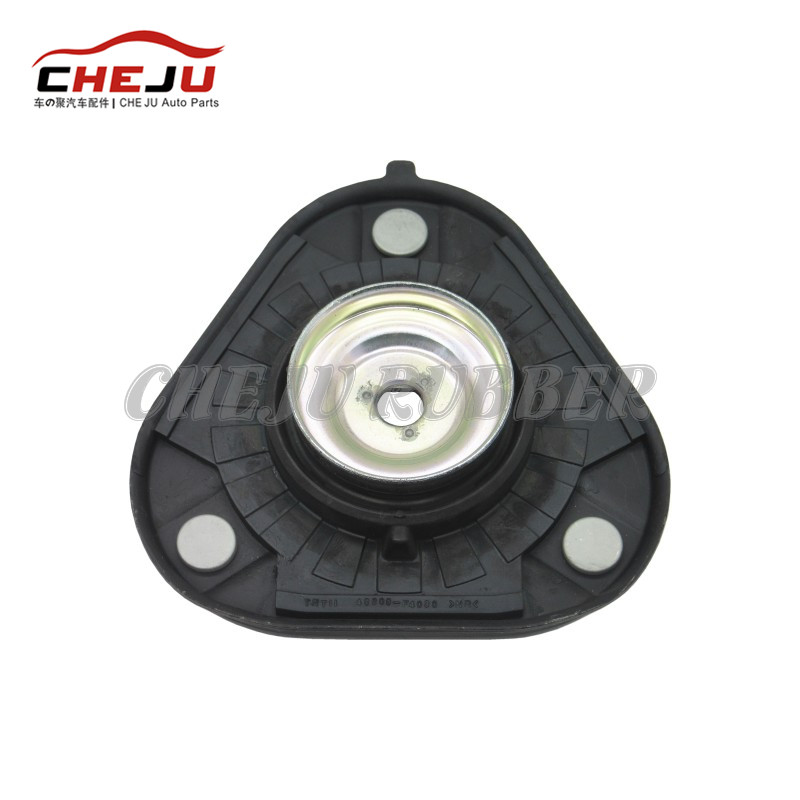Understanding the Distinction: How a Strut Mount Differs from a Regular Mount
2024-03-01
Introduction:
In the intricate world of vehicle suspension systems, the terminology can often be confusing, especially when it comes to components like strut mounts and regular mounts. While they may seem similar, there are key differences between the two that affect their functionality, performance, and applications. In this blog post, we'll delve into the distinctive characteristics of strut mounts and regular mounts, shedding light on their roles and how they contribute to the overall performance of a vehicle's suspension system.
Defining Strut Mounts and Regular Mounts:
Before exploring their differences, let's define what strut mounts and regular mounts are:
- Strut Mounts: A strut mount, also known as a suspension strut mount, is a component of a vehicle's suspension system that serves as a connection point between the strut assembly and the vehicle's body or chassis. It provides cushioning, support, and flexibility, allowing for controlled movement and vibration isolation.
- Regular Mounts: Regular mounts, on the other hand, refer to generic mounting components used in various applications, including but not limited to vehicle suspension systems. These mounts may serve as connection points or support structures for different components, but they lack the specialized features and functionality of strut mounts.
Distinguishing Features of Strut Mounts:
Now, let's explore how strut mounts differ from regular mounts:
1. Purpose and Functionality:
- Strut mounts are specifically designed for use in vehicle suspension systems, where they play a crucial role in maintaining stability, absorbing shocks, and providing cushioned support.
- Regular mounts, on the other hand, may be used in a wide range of applications, from securing components in place to providing structural support, but they lack the specialized features required for suspension applications.
2. Construction and Materials:
- Strut mounts are typically constructed with specialized materials such as rubber or polyurethane, which offer vibration isolation, flexibility, and durability.
- Regular mounts may be made from a variety of materials depending on the application, but they may not possess the same vibration-dampening properties or resilience as strut mounts.
3. Attachment and Compatibility:
- Strut mounts are designed to attach specifically to the strut assembly and the vehicle's body or chassis, ensuring proper alignment and functionality within the suspension system.
- Regular mounts may have different attachment mechanisms and compatibility requirements depending on their intended use, but they may not be optimized for use in vehicle suspension systems.
4. Performance and Durability:
- Strut mounts are engineered to withstand the rigors of daily driving, providing reliable performance and durability even under harsh conditions.
- Regular mounts may vary in performance and durability depending on the materials and design, but they may not be subjected to the same level of stress and wear as strut mounts in suspension applications.
Conclusion:
In summary, while both strut mounts and regular mounts serve as connection points or support structures, they differ significantly in terms of purpose, construction, functionality, and performance. Strut mounts are specialized components specifically designed for use in vehicle suspension systems, offering vibration isolation, flexibility, and durability to ensure smooth rides and stable handling. Regular mounts, on the other hand, are generic mounting components used in various applications but lack the specialized features required for suspension applications. Understanding the differences between the two allows for informed decision-making when selecting components for vehicle suspension systems, ensuring optimal performance, comfort, and safety on the road.


